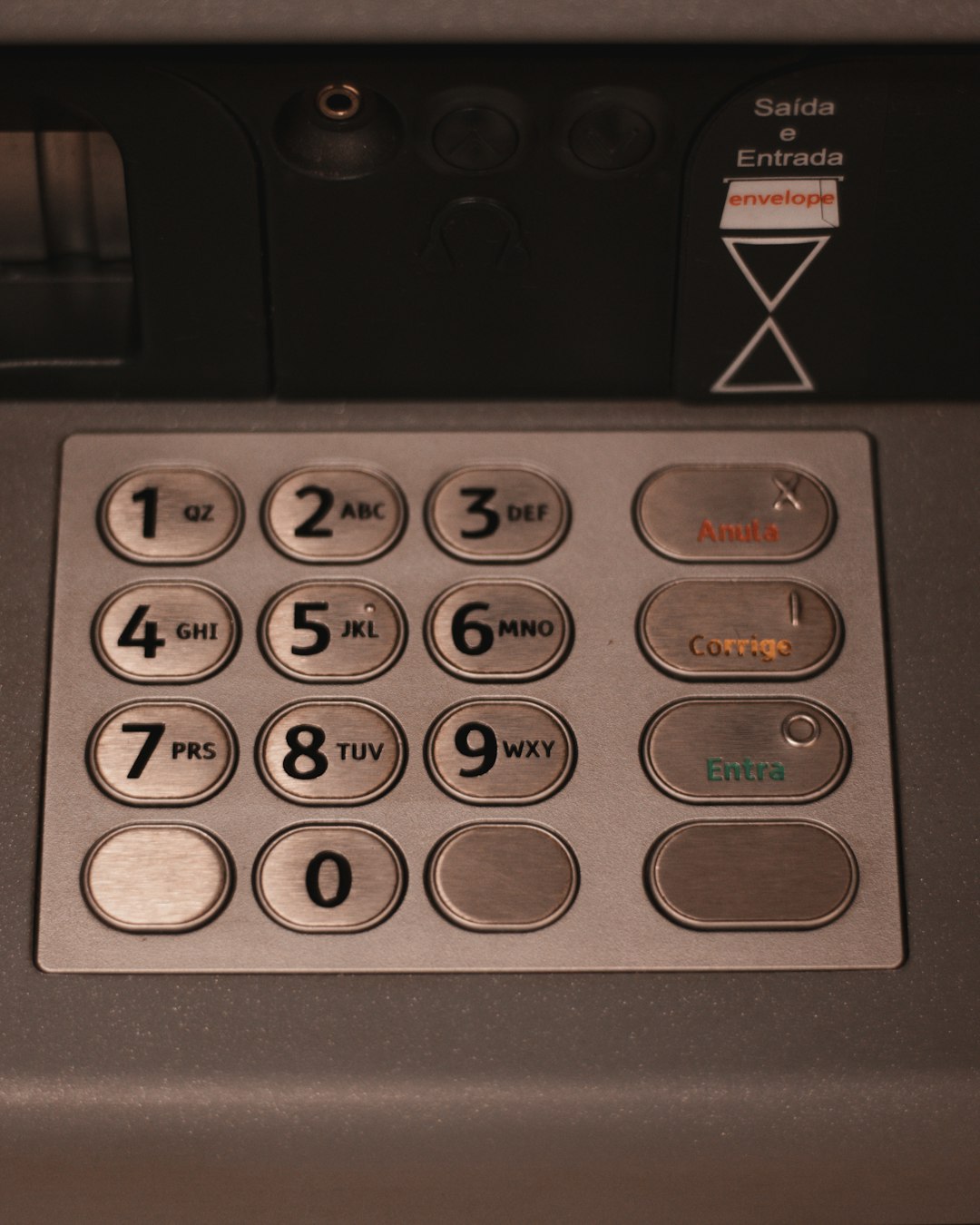
Mitigation banking is a credit and debit system established to maintain that ecological loss, particularly loss to wetlands and streams, caused by various development projects is counterbalanced by the preservation and restoration of wetlands, natural habitats and streams in other areas, resulting in no net environmental loss. To mitigate the wetland were meant to lessen the severity of a situation. In this situation, mitigation banking is employed to lessen the environmental damage and catastrophe caused by developmental programs undertaken by some business firms.
This further explains that wetland mitigation banks are more likely to succeed than permittee-responsible mitigation initiatives since they are implemented before damage to another wetland site occurs. Wetland banks have the ability to improve or revamp ecological advantages while also saving money for project applicants and speeding up the application and permitting processes. Wetland restoration, establishment, development, or preservation are also assisted by wetland mitigation banking companies.The importance of these wetland mitigation banks is very crucial, however, a question arises of how it works. This article will further illustrate the process of how wetland banking works.
Following the purchase of an environmentally damaged site that they wish to regenerate, the mitigation banker works with regulatory agencies such as the Mitigation Banking Review Team other known as MBRT and the CBRT or the Conservation Banking Review Team to get their program of plans approved for the bank’s construction, maintenance and monitoring. These agencies also grant their approval to the quantity or amount of mitigation credits that these banks can earn and sell in connection with a certain restoration project. These mitigation credits can then be purchased by anyone planning to install or put up a commercial development plan on or near a wetland or stream that will have a negative impact on the region’s ecosystem. The mitigation banker is in charge or has the control of not only the mitigation bank’s development, as well as its continuing upkeep and maintenance. Below are some of the advantages of wetland mitigation banking.
Protect and Conserve the Earth’s Natural Resources
Mitigation banking contributes to the preservation of the environment and its diversity. The ever Increasing impact of industrialisation and urbanization that cannot be avoided will expose our natural habitats, streams and wetlands to imminent danger. However, these mitigation banks companies will offer a way to at least partially mitigate or alleviate this effect.
More Dynamic Program
A mitigation bank is more efficient and dynamic because it ensures the recovery or conservation of a significant consolidated piece of land to counterbalance the impact of developers on a vast number of insignificant sites. A mitigation bank’s advantages of scale and technological competence make it more efficient not only in terms of cost, but also in terms of regenerated acreage quality.
Fast and Convenience
Acquiring credits from an approved bank is easier for developers than securing regulatory permissions and clearances, which can take months. However, with the assistance of these wetland mitigation banking companies, there is no place for delay or time lag between the environmental effect in a service area and its restoration at a bank site because these mitigation banks have already rehabilitated units of affected acreage in the process of earning credits.